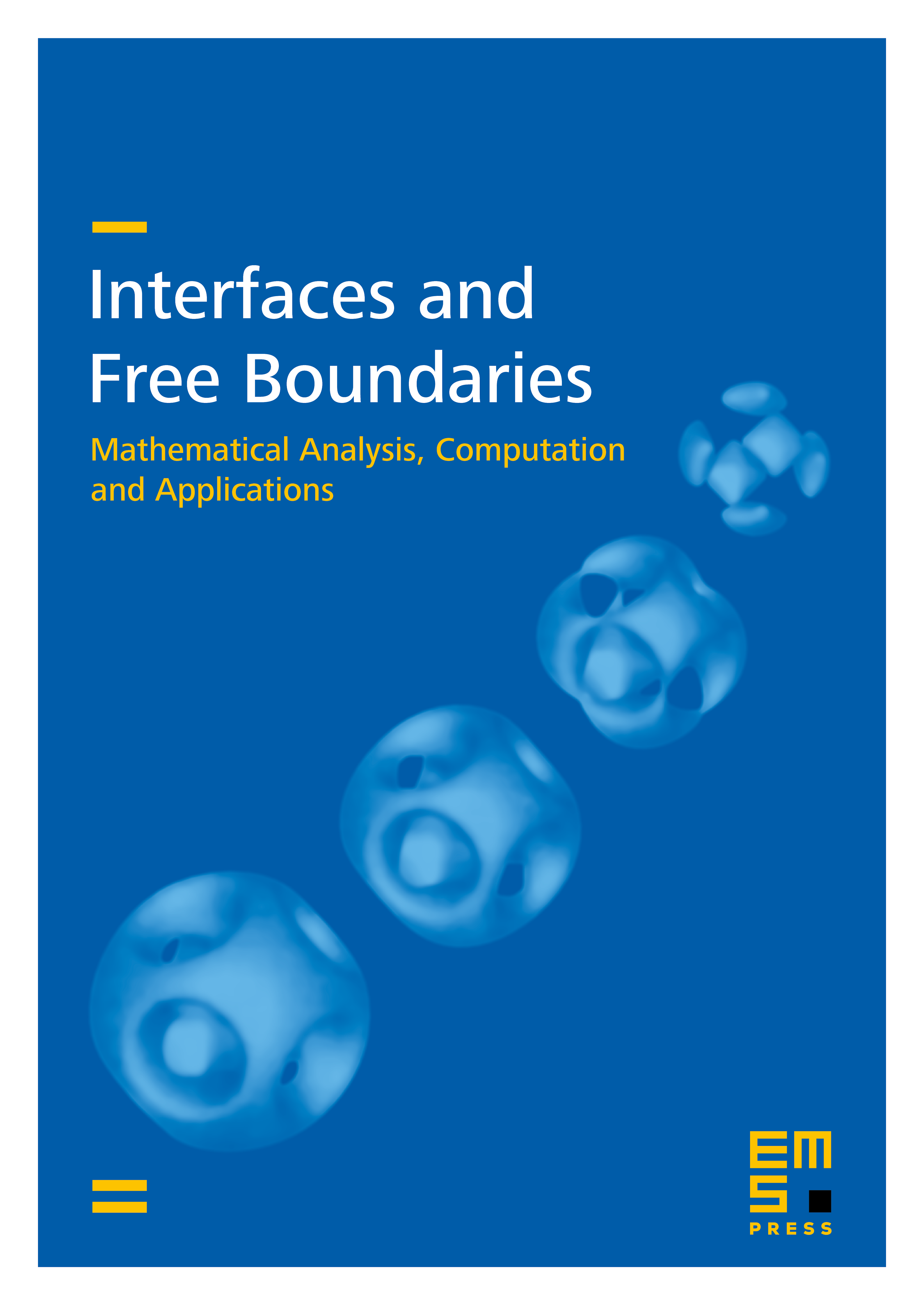On the equations of landscape formation
Alex Chen
University of North Carolina at Chapel Hill, USAJérôme Darbon
CMLA-ENS, Cachan, FranceGiuseppe Buttazzo
Università di Pisa, ItalyFilippo Santambrogio
Université Paris-Sud, Orsay, FranceJean-Michel Morel
CMLA - ENS, Cachan, France

Abstract
This paper starts by establishing a list of the main physical and empirical laws that have been proposed for modeling landscape evolution. Then it proposes a detailed mathematical discussion of several classic landscape evolution models. This discussion permits to distinguish a priori laws from a posteriori laws governing landscape evolution. While the first kind of law relies on physical principles, the second kind stems from the observation of actual stable landscapes. It emerges from the analysis of several models that the a posteriori laws are often used to create hybrid models combining fundamental physical laws with empirical modeling. Such models can be valid near equilibrium. Nevertheless, this situation is not satisfactory from a mathematical standpoint. One would like to be able to deduce the a posteriori laws from a mathematical analysis, or at the very least to observe them from numerical simulations using only a priori physical laws. Such a mathematical and numerical research programme is sketched here. We propose a minimal landscape model coping with the main features of all models. This model singles out three spatially distributed scalar state variables, namely the landscape elevation, the water elevation, and the sediment concentration in water. These state variables are linked by three partial differential equations coping with the three main features identified in the literature as the main phenomena shaping a landscape: erosion, sedimentation and creep, and respecting conservation laws for water and sediment. Based on these equations, the first numerical simulations confirm that valley formation and drainage network formation can be simulated on virgin artificial landscapes. A first surprising result seems to emerge from these simulations: the valley spacing depends not only on a relation between the creep and erosion parameters, but is also strongly influenced by the sedimentation rate and by the rainfall intensity. The conjectured mathematical instability and non-uniqueness of landscape evolution is illustrated numerically. On the other hand numerical stability of real landscape topographies under realistic values for their evolution is also observed. The overall modeling and numerical tests suggest that existence and partial regularity results might be obtained under minimal assumptions (such as a positive rain density or a positive creep model).
Cite this article
Alex Chen, Jérôme Darbon, Giuseppe Buttazzo, Filippo Santambrogio, Jean-Michel Morel, On the equations of landscape formation. Interfaces Free Bound. 16 (2014), no. 1, pp. 105–136
DOI 10.4171/IFB/315